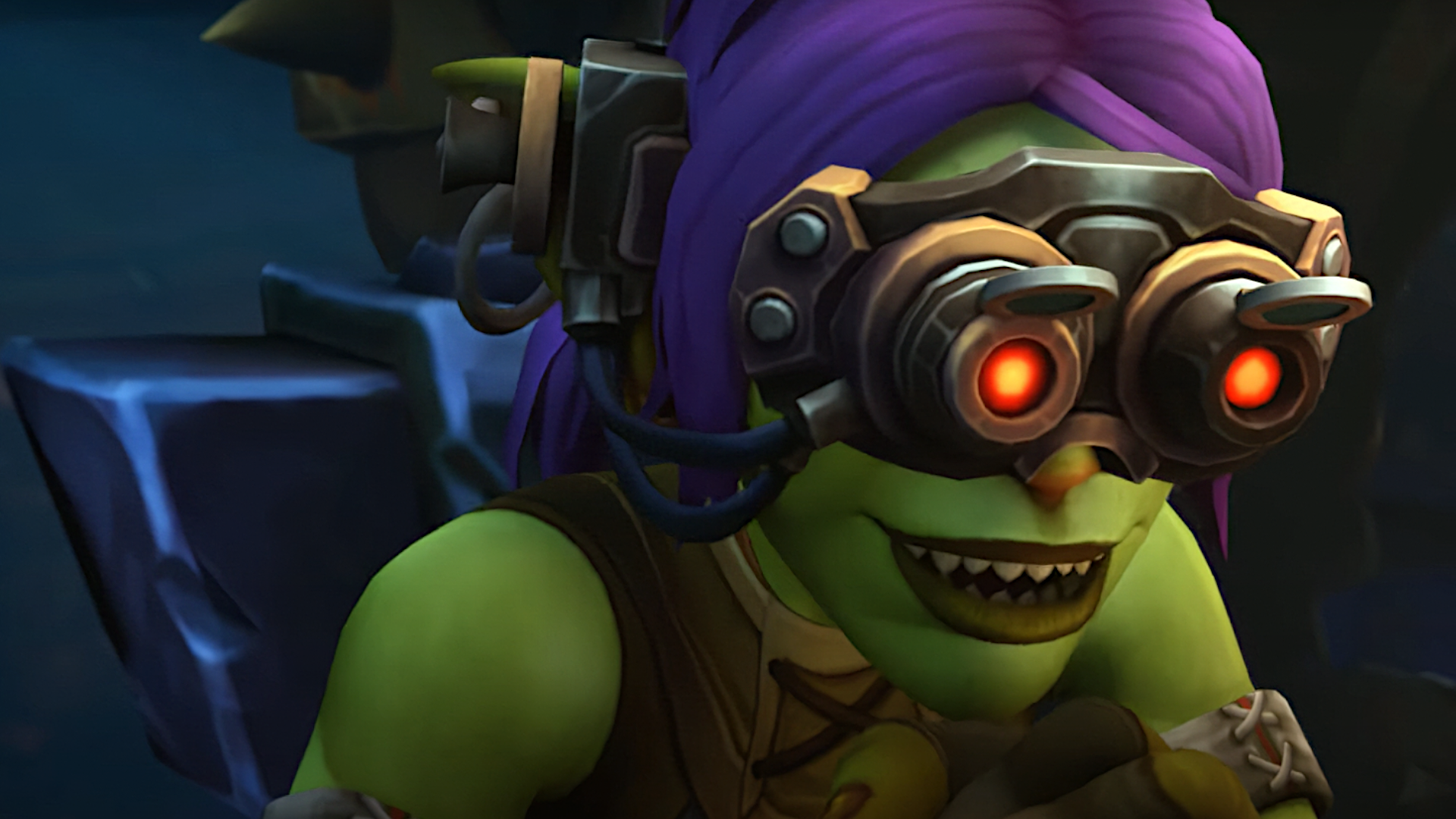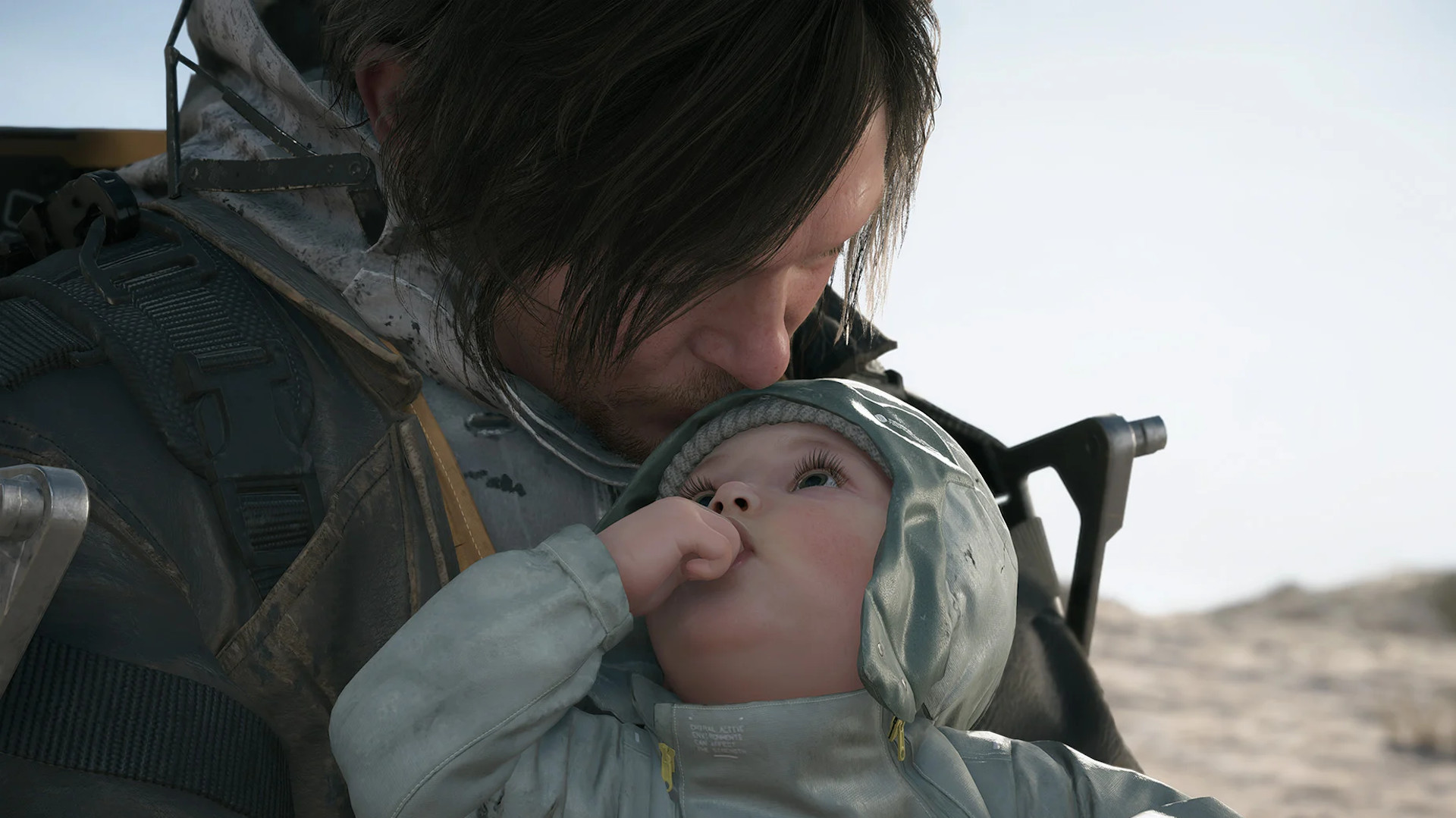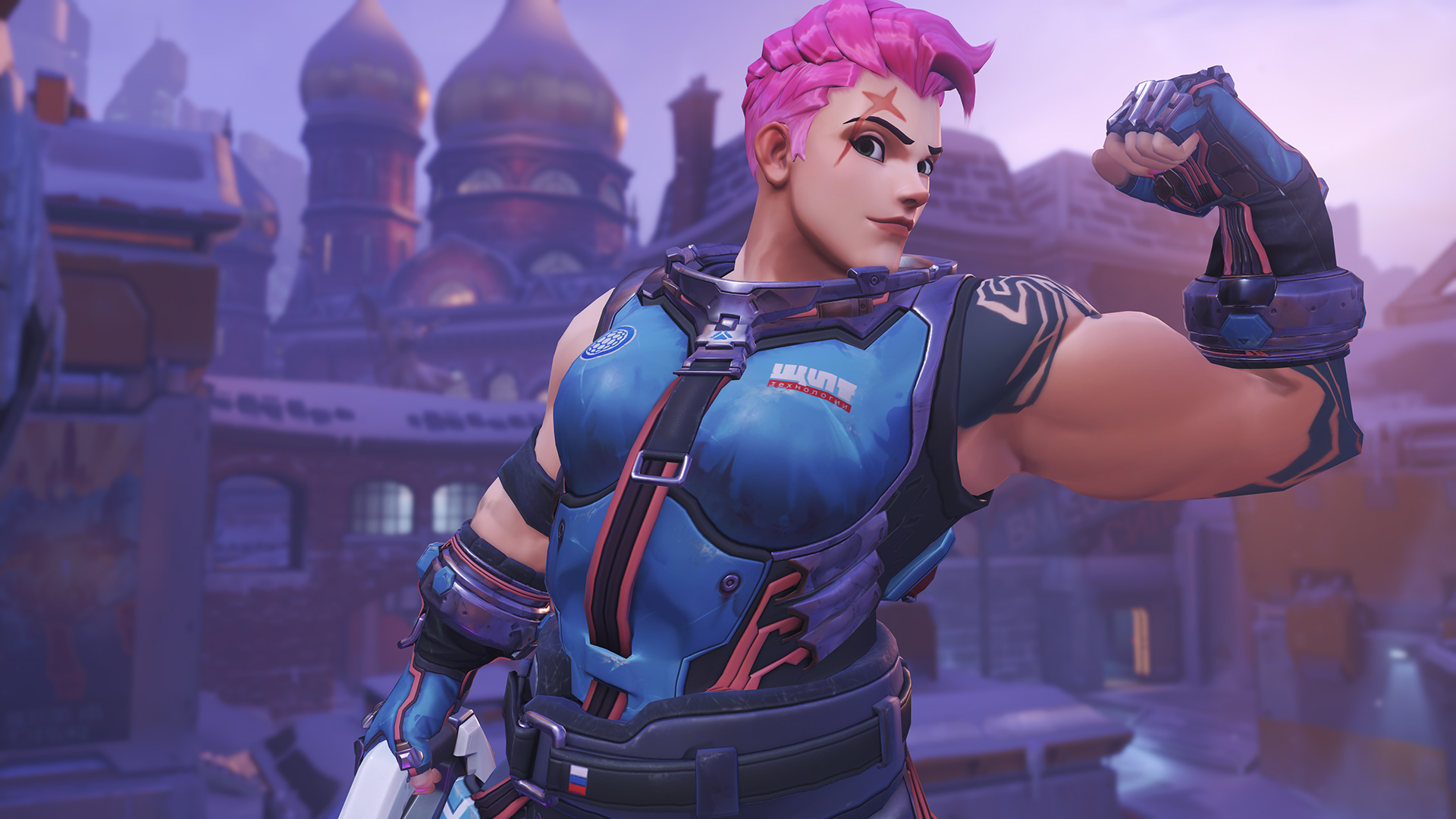
Watchmen Chapter 1 Review
Watchmen Chapter 1 will be available on digital August 13 and 4K Ultra HD and Blu-ray on August 27.
Nearly 40 years after its initial publication, Alan Moore and Dave Gibbons’ Watchmen remains a singularly important work in the annals of comic book history. The superhero murder mystery pushed the boundaries of what to expect from the medium, and Hollywood has chased after it ever since. There was Zack Snyder’s fascinating-yet-flawed live-action feature adaptation, Damon Lindelof’s well-regarded HBO miniseries, and a best-left-forgotten motion comic. Now comes the latest attempt at bringing Moore’s enveloping and expansive storyline to the screen, this time via Warner Bros. Animation and their ongoing slate of straight-to-video translations of seminal DC series. And make no mistake, it’s effective.
But while this new, two-part take on Watchmen avoids some of the pitfalls of prior versions, it also ends up revealing a few of its own. It may well be the best try so far at translating the iconic graphic novel to the screen, but the one thing Watchmen Chapter 1 fails to do is to make a case for why this story should be consumed in anything other than the printed form. What was an extraordinary achievement as a comic can’t help but feel like a pastiche when ported to another format.
Granted, what felt so groundbreaking in the mid-1980s – flawed heroes with feet of clay, intertwining superheroes with real-world politics – feels less so in a world where The Boys and Invincible are mainstream hits. Nonetheless, Watchmen has withstood the test of time because the underlying story – kicked off by the killing of a former superhero – is compelling, and the worldbuilding by Moore and Gibbons pulls you in. That’s what makes it worth revisiting. Watchmen Chapter 1 balances fidelity to the text with the need to adapt it to the screen, boasting an animation style that blends CGI with the unique linework of artist Gibbons. While the overall effect isn’t always seamless, it’s visually fascinating nonetheless, especially during the extended origin of the superpowered Doctor Manhattan.
Indeed, director Brandon Vietti has a stylish approach that nicely echoes the pace of the comics, helped along by the screenplay from Babylon 5‘s J. Michael Straczynski (an animation vet himself, having worked on He-Man and the Masters of the Universe and The Real Ghostbusters in the 1980s). As with its prior adaptations of Batman: The Dark Knight Returns and Batman: The Long Halloween, WB has smartly decided to spread Moore’s expansive tome across two chapters of roughly 90 minutes each. This allows the story to breathe, with this first installment neatly laying in place the many strands of a mystery set to culminate when the second part drops in 2025. In most ways that matter, Straczynski’s script honors Moore and stays away from the Snyder film’s noxious digressions and reinventions. (No distractingly on-the-nose needle drops, for one thing).
Where it fares less well is in the performances. And really, this isn’t so much a fault of the actors themselves but rather the fact that they suffer compared to the live-action film. Say what you will about his aesthetic or stylistic approach, but Snyder nailed much of the casting; the cast Vietti and company have assembled for this version is no less impressive: Titus Welliver as Rorschach, Matthew Rhys as Nite-Owl and Katee Sackhoff as Silk Spectre II, among others. But while the actors all do what’s asked (and some, like Welliver, really swing for the fences), there’s something oddly stilted and occasionally distancing about the overall effect. Given the sheer complexity of the source material, perhaps this was unavoidable, but it’s noticeable all the same.








